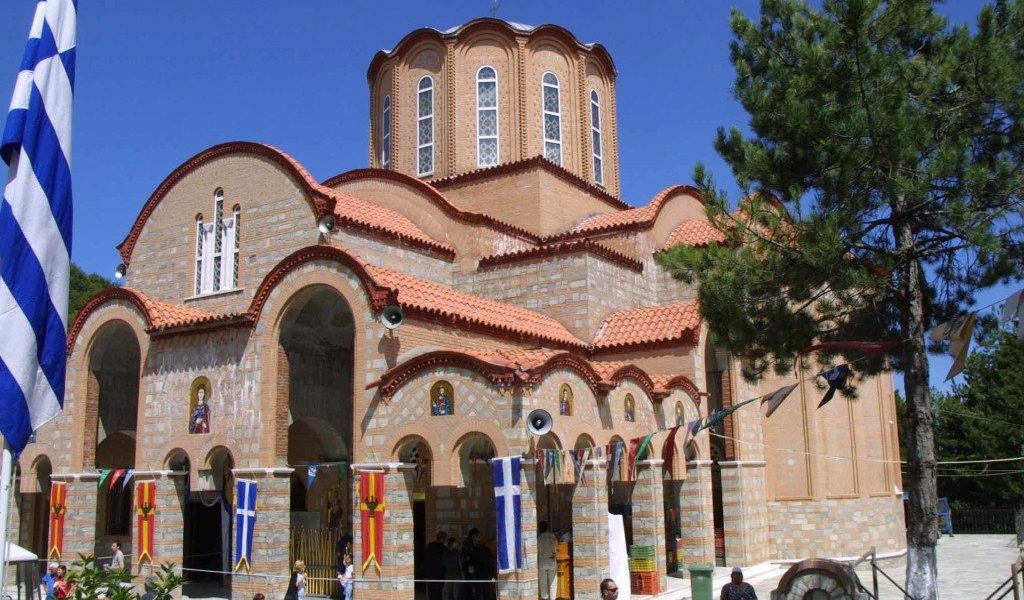The original Soumela monastery in Trabzon on the Black Sea was an Orthodox symbol for 16 centuries. Following its destruction, the sacred icon of Panagia (Virgin Mary) was transported to the new Panagia Soumela on the forested slopes of Mount Vermion, located near the village of Kastania.
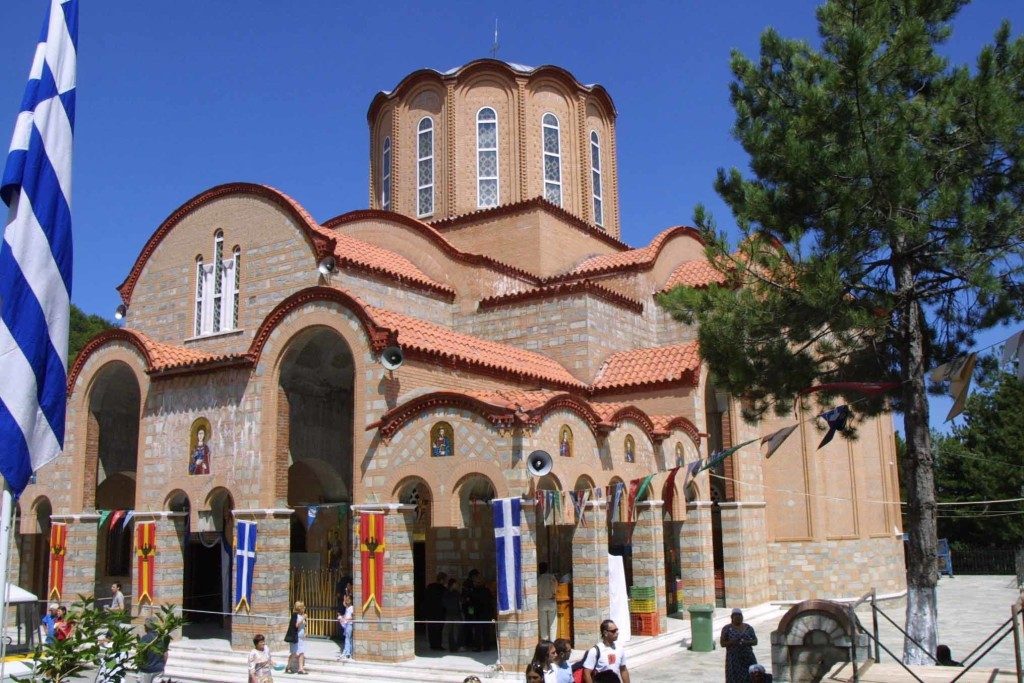
Panagia Soumela, the holy symbol of the Ponte, is embraced by history, tradition, and legend.
Evangelist Luke was the one who carved the wood into Pangia's (Virgin Mary) figure. The wooden icon was found after Evangelist Luke's death in Athens and, for this reason, is given the name Panagia “The Athenian”.
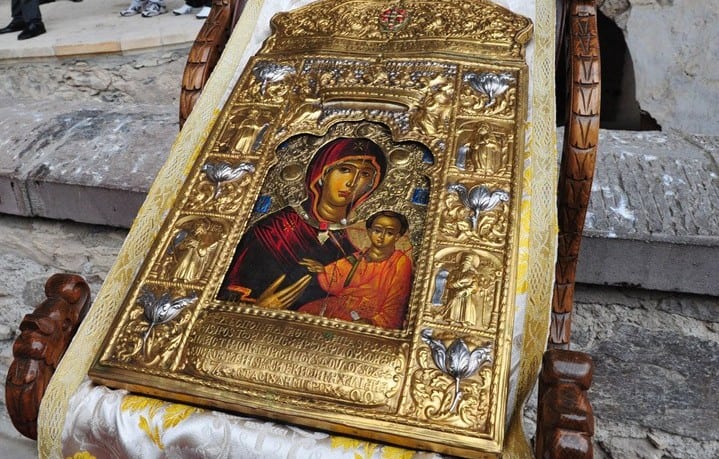
At the end of the 4th century (380-386) the monastery of Panagia Soumela was built by the monks Varnava and Sofronios. With their faith, persistence and dedicated work, the two monks made the church of Soumeliotisa, carved into the mountain.
In 1951-1952 the icon was handed to the union “Panagia Soumela” of Thessaloniki, which started the construction of the monastery in a flat place at Vermio, above the village of Kastania that had granted 500 acres of land for the construction of the Pilgrimage.
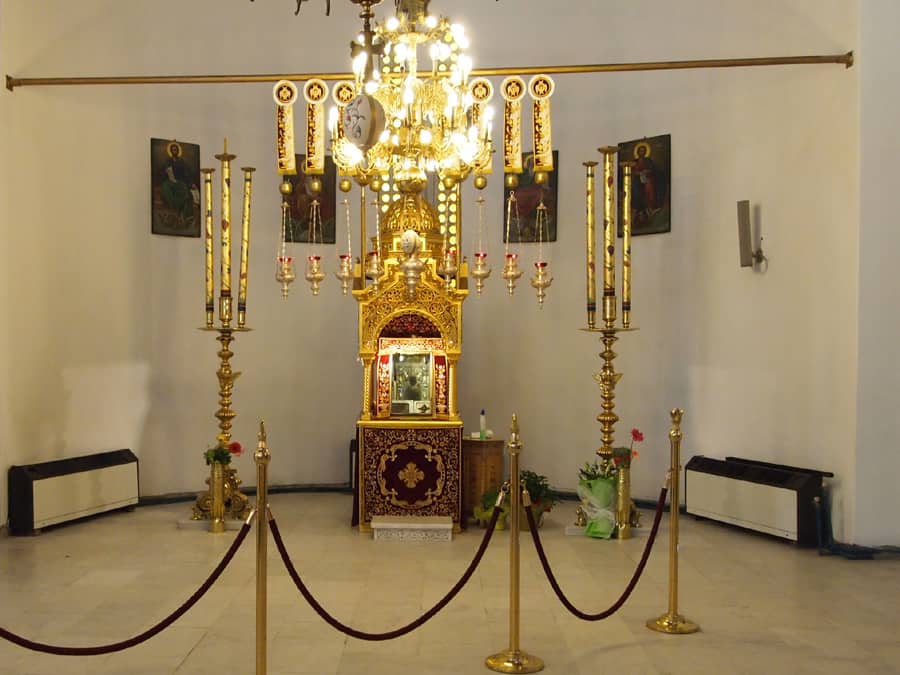
The name of the icon and the monastery derives from the name of the mountain where it is built, which is called Mela.
In Greek, ‘stou mela’ means ‘at Mela’, and in the Pontic dialect, it is pronounced ‘sou Mela’. Therefore, Panagia at Mountain Mela.
At various times, thieves and men of different religions raided the Monastery, and there are many references to the miraculous intervention of Panagia for the Monastery’s salvation.
In 1922, when Greeks of Asia Minor and Pontus were driven from the lands of their ancestors, the monks hid the icon of Panagia Soumela painted by Evangelist Luke, the handwritten Gospel copied on parchment by St. Christopher, and the Holy Cross with the honourable wood donated by Emperor Manuel Comnenos, in the chapel of Saint Barbara.
At the time, the holy icon was buried for around thirty years in the sacred soils.
In 1931, Metropolitan Polycarp of Xanthe and Minister Polycarp Psomiadis asked for the intervention of the then Greek Prime Minister, Eleftherios Venizelos, to liberate the icon.

The request was approved by the then Turkish Prime Minister Ismet Inonu after Venizelos asked for his permission to send monks to Mount Mela monastery to retrieve the sacred icon and the other holy items.
Soon the hidden icon was unearthed along with the other sacred objects. They were all returned to Athens and remained at the Byzantine Museum of Athens until 1951 when the Panagia Soumela Foundation was founded.
In 1952, the holy icon was officially given back to the monastery built on Mount Vermia.
About forty years later, in August 1993, the Cross and the Gospel of Agios Christophoros were also given to the church.
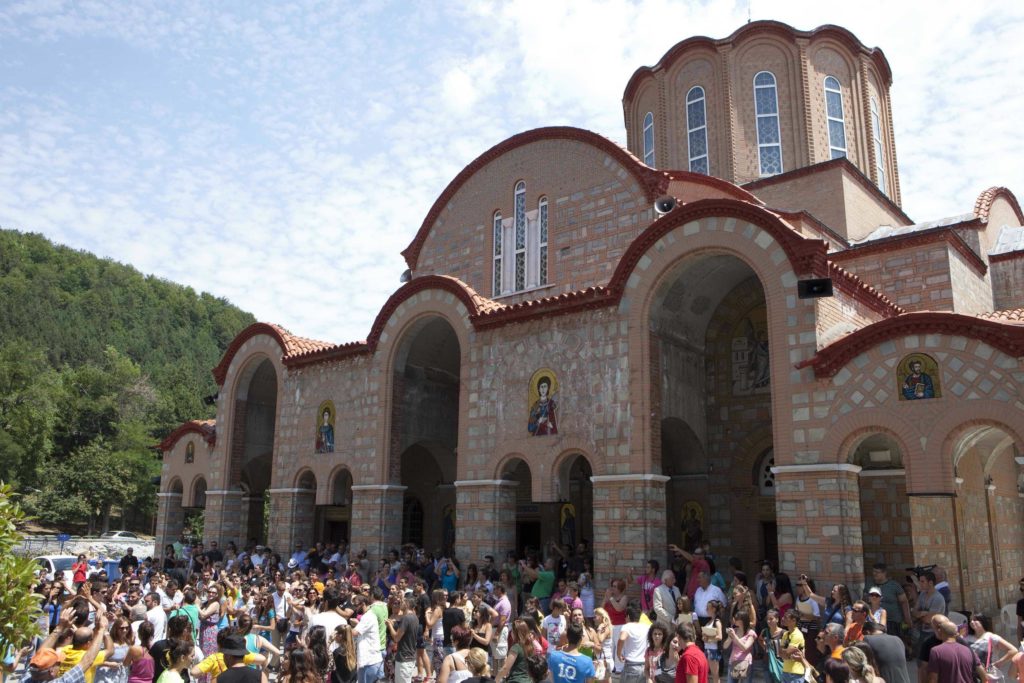
The icon of Panagia Soumela is very sacred among Greeks of Pontus, who pray to her for miracles and in their time of need.
Every year on the 15th of August, Tis Panagias, thousands of pilgrims from around the nation and the world travel to this sacred Monastery at Mount Vermion to venerate the holy icon.
Source: panagiasoumela.gr

